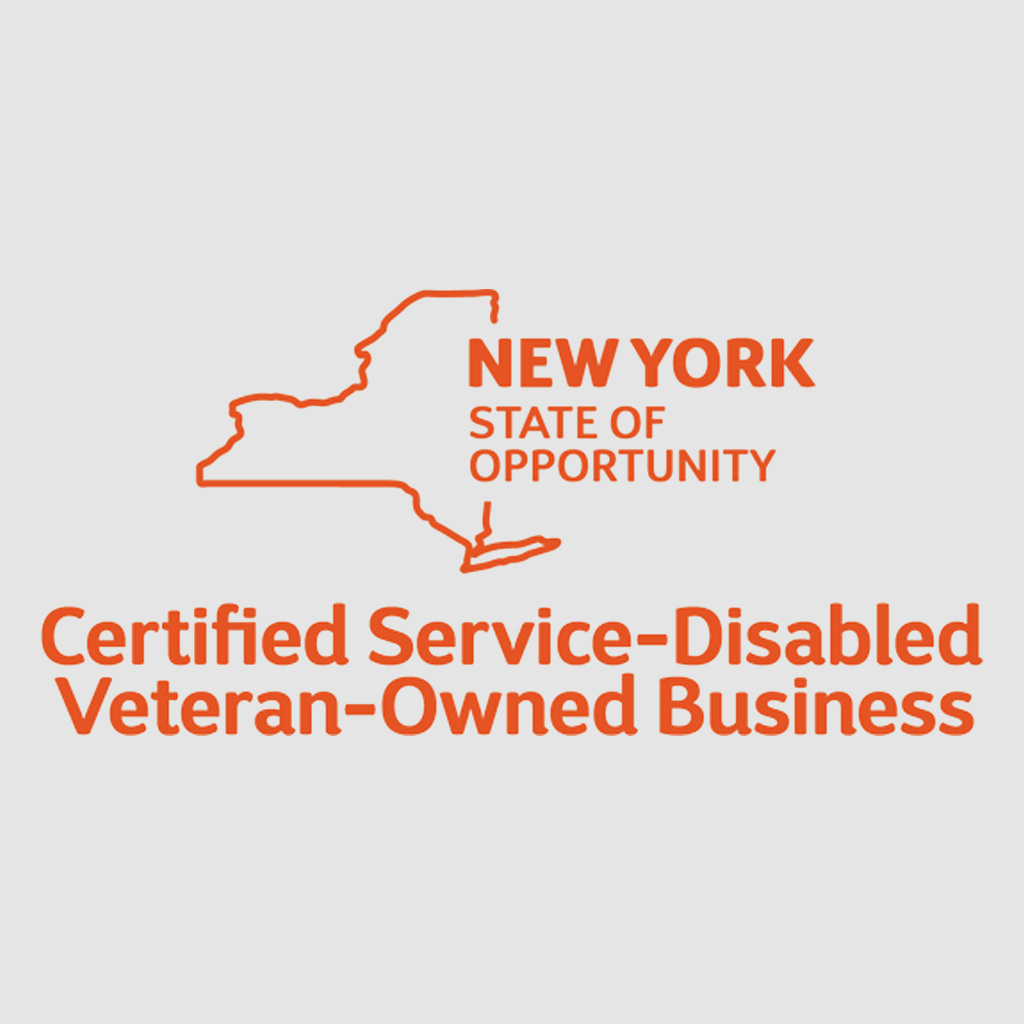As a specialist in the management of Capital Improvement Programs, we find that the question most frequently raised by stakeholders concerns the progression of each project in a Capital Improvement Bond Program. Every project navigates through distinct phases – the design phase, right-of-way (ROW) acquisition, the repositioning of utilities, and finally, construction. It is essential to understand that the time each phase requires can vary substantially, influenced by the scale, intricacy, and nature of the project at hand. Nevertheless, we are equipped to offer indicative timelines derived from established industry standards.
Transportation Infrastructure: For road, highway, and bridge projects, the design phase often lasts between one and three years. ROW acquisition may take another six months to two years, especially for more complex projects or those facing legal hurdles. Utilities relocation can also take between six months and two years. The construction phase generally spans one to three years, depending on project size and complexity.
Utility Systems: Water, sewage, and other utility system projects typically have a design phase of six months to two years. ROW acquisition and utility relocation can add another year, particularly for large-scale projects or those in densely populated areas. Construction usually takes one to three years.
Public Buildings and Facilities: The design phase for these projects can range from one to three years, with ROW acquisition usually taking six months to a year. Utilities relocation might take another six months to a year. Construction of large buildings, such as schools or hospitals, typically takes two to four years.
Parks and Recreation: For park and recreational facility projects, the design phase generally lasts six months to a year. ROW acquisition, if necessary, can take an additional six months to a year, and utilities relocation can add another three to six months. Construction generally lasts one to two years.
Public Safety Infrastructure: The design phase for these projects usually lasts one to two years. ROW acquisition and utility relocation might each add another six months to a year. The construction phase typically takes one to three years, depending on the project’s scale and complexity.
Environmental and Sustainability Projects: These projects typically have a design phase of one to two years. ROW acquisition and utilities relocation can each add another six months to a year. Construction often spans one to three years.
Affordable Housing: Design of these projects generally lasts one to two years. ROW acquisition and utility relocation may each add another six months to a year. Construction for affordable housing typically ranges from one to three years.
Please note that these timelines are estimates and the actual durations can vary significantly depending on numerous factors, including the project’s complexity, the presence of unforeseen complications, weather conditions, regulatory hurdles, community feedback, and more.
Transportation Infrastructure (Roads, Highways, Bridges)
Design: 1-3 years
Right-of-Way Acquisition: 6 months – 2 years
Utilities Relocation: 6 months – 2 years
Construction: 1-3 years
Minimum Duration: 3.5 years
Maximum Duration: 10 years
Utility Systems (Water, Sewage, Electricity, Gas, Telecommunications)
Design: 6 months – 2 years
Right-of-Way Acquisition: 6 months – 1 year
Utilities Relocation: 6 months – 1 year
Construction: 1-3 years
Minimum Duration: 2.5 years
Maximum Duration: 7 years
Public Buildings and Facilities (Schools, Libraries, Hospitals, Administrative Buildings)
Design: 1-3 years
Right-of-Way Acquisition: 6 months – 1 year
Utilities Relocation: 6 months – 1 year
Construction: 2-4 years
Minimum Duration: 3.5 years
Maximum Duration: 9 years
Parks and Recreation (Parks, Community Centers, Sports Complexes)
Design: 6 months – 1 year
Right-of-Way Acquisition: 6 months – 1 year (if necessary)
Utilities Relocation: 3-6 months
Construction: 1-2 years
Minimum Duration: 2 years
Maximum Duration: 5 years
Public Safety Infrastructure (Emergency Response Systems, Fire Safety Systems)
Design: 1-2 years
Right-of-Way Acquisition: 6 months – 1 year
Utilities Relocation: 6 months – 1 year
Construction: 1-3 years
Minimum Duration: 3 years
Maximum Duration: 7 years
Environmental and Sustainability Projects (Renewable Energy, Water Conservation, Waste Management)
Design: 1-2 years
Right-of-Way Acquisition: 6 months – 1 year
Utilities Relocation: 6 months – 1 year
Construction: 1-3 years
Minimum Duration: 3 years
Maximum Duration: 7 years
Affordable Housing
Design: 1-2 years
Right-of-Way Acquisition: 6 months – 1 year
Utilities Relocation: 6 months – 1 year
Construction: 1-3 years
Minimum Duration: 3 years
Maximum Duration: 7 years
These total durations are estimates based on the individual stage durations previously provided. They represent a cumulative timeframe that incorporates design, right-of-way acquisition, utilities relocation, and construction. As previously noted, actual durations can vary significantly depending on a multitude of factors specific to each project.
At Front Line Advisory Group, we are pioneers in Capital Improvement Bond Management, leveraging unparalleled expertise and deep industry insights. Our mission extends beyond consultation – we empower our clients to realize the full potential of their investments, ensuring tax dollars are put to maximum use through astute Program Management Consulting. For more information or to commence your journey towards transformative bond management, reach out to us at info@frontlineadvisorygroup.com













